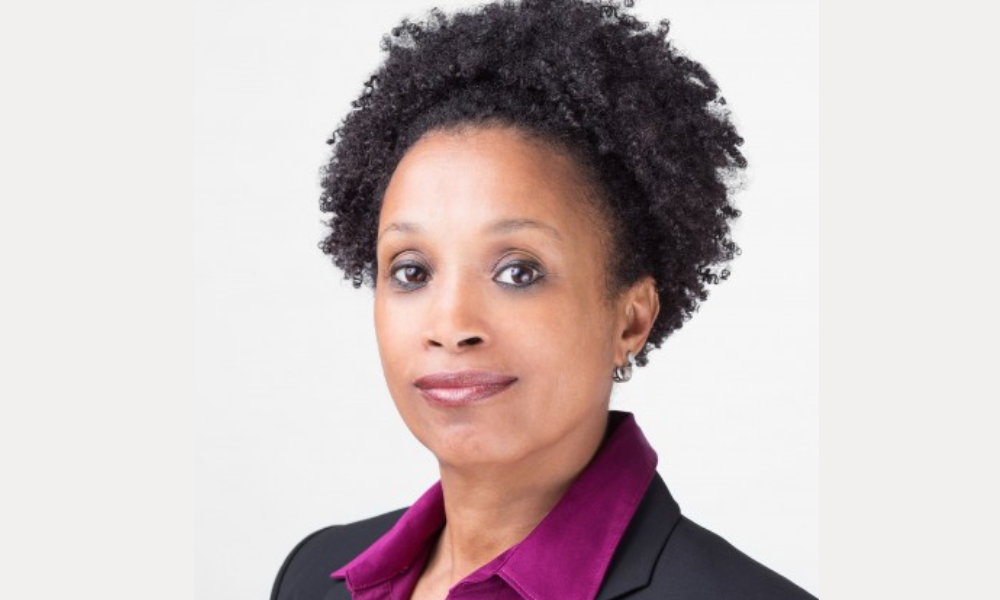
Former Walmart Canada culture director talks about the business of people moving

Ingrid Wilson was first pushed into an HR leadership role when a director walked out during a merger and she was put forward for the job. That particular path of learning, from the ground up rather than the top down, gave a Wilson wider perspective on what HR is and how it works.
“I literally fell into HR, and I stayed there, not just because I view people differently – people are part of the value proposition,” she said. “You can't move the business forward if you don't have the people in the same direction.”
Having a larger view on the scope of the business is what makes HR professionals able to better serve the company’s goals, said Wilson, founder and principal of GridFern Strategic HR.
Starting with hiring, Wilson and her teams throughout her 30-year career have always focused on the larger business model of the organization, and how the people they bring in contribute to that bigger picture.
“Why are you hiring these people? Are there changes in your business? What's your plan for the next one to three years for this role? It's digging deeper, to understand what your business model is,” she said. “Anybody who worked for me, it was always ‘You have to understand the business that you're in.’”
Wilson’s long career includes a DEI role at Walmart Canada and head of HR at Echelon Insurance.
A main challenge Wilson sees North American employers dealing with is transitioning to hybrid working models as a permanent fixture, and accepting that it is no longer seen as a perk or benefit given to employees.
It is now an expected mode of work, she said, and employees have more power now to demand it.
“Now organizations are still struggling with, what does hybrid look like? What we're starting to see is a shift there,” said Wilson.
“They're saying, ‘OK, you've been remote or hybrid. We want you to start coming back into the office.’ And some organizations, some employees, don't understand that the power balance has shifted. The employees now have the power. They don't expect hybrid or remote work to be a benefit or a value. They expect it to be a norm now.”
Candidates are now researching companies like they never have, and even reaching out to current employees to ask what their experiences are; it’s common for a candidate to accept an offer, then suddenly back out, saying they accepted a different offer.
“It's definitely a shift, where the employees have more leverage. I think, as employers and HR – we need to understand that.”
Wilson likes to focus strategies on shifting away from employee engagement to company culture.
“We all talk about people engagement, but engagement comes and goes,” she said. “When people get up without feeling queasy in their stomach on a Monday morning, and are ready to go to work, that's a good thing, because that means the culture is bringing them in, whether they're working remotely or not. There's not that stress on a Monday.
“So that's very different than engagement. It's a culture of, ‘Well, I want to work for this organization’ or ‘I want to work for this leader.’”
Wilson has identified middle management as a group requiring special attention at the moment, as a shift in their roles from managers to leaders has left many of them struggling to adapt, and it shows in the experiences of their teams.
“We really need to focus on that role of management, because it's impacting everybody,” said Wilson.
The remaining expectation for middle managers to deal with tasks and revenue, yet also be leaders who manage the comfort and personal experience of their teams, is also impacting HR leaders who are being leaned on to assist.
The first time Wilson was invited to a strategic meeting, she was the only woman and the only Black woman, she said.
“I walked in the room and two of the senior leaders asked me if I could make coffee,” she said. “My response was, ‘I don't drink coffee.’”
Having been the first Black woman in many boardrooms throughout her career, Wilson has gained insight into where the gaps in equity and inclusion strategies are. Structural changes are needed to move an organization to equity and inclusion, she said. But when resources and money are limited, training in equity and inclusion is often the first thing to shift.
“There's this push from the employees and candidates – ‘Show me what you're doing for equity inclusion’ — yet the organizations are struggling to make this actionable,” said Wilson. “We've got a statement, we've ticked the boxes, but we can't move in into equity and inclusion because we either can't afford it or a structure doesn't allow it.”